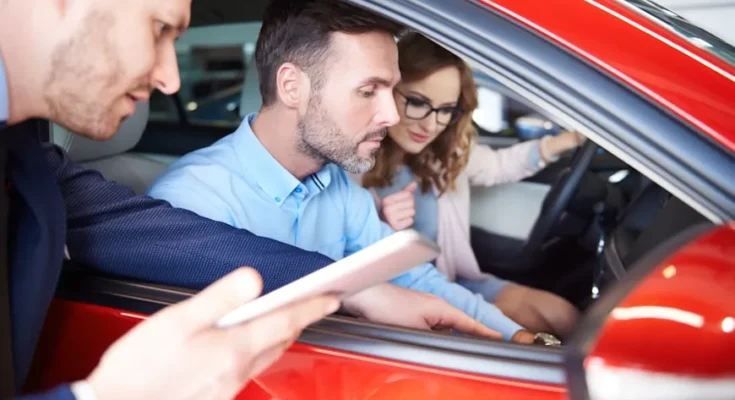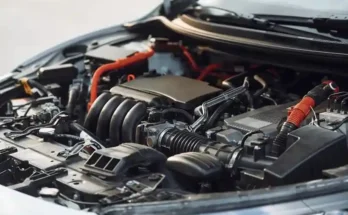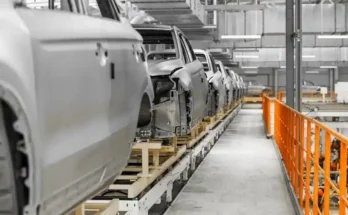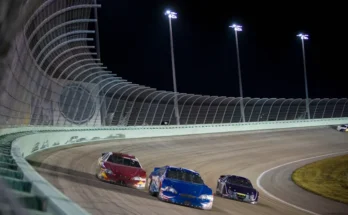The Story of the Automobile Begins:
The automobile is more than a machine with wheels and an engine. It is a symphony of engineering, creativity, and culture. From the roaring engines of classic cars to the silent hum of electric vehicles, automobiles have carved their place in human history. They are more than a mode of transport—they are companions on the road of life.
Imagine standing at the edge of a dusty path in the late 1800s. The air is still, and the world moves slowly. Suddenly, a curious contraption sputters to life, its gears clanking and steam rising. This is where the journey of the automobile truly began.
Early Innovations That Paved the Way:
- From Horse Carriages to Motor Carriages
The transition from horse-drawn carriages to gasoline-powered vehicles was not instant. Engineers and inventors were working tirelessly across continents, inspired by the dream of self-powered movement. Karl Benz is often credited with building the first true automobile in 1885, but many others contributed to the idea in different ways.
It was a time when imagination met mechanical courage. Engines were crude, roads were barely passable, and fueling stations were non-existent. Yet, these challenges only fueled the passion of early pioneers who believed that the automobile would one day reshape the world.
- The Age of Mass Production
Fast forward to the early 20th century, and we witness a revolution. Henry Ford changed everything with his assembly line production model. Suddenly, cars were not just toys for the rich; they became accessible to the average person.
This shift brought about more than convenience. It changed the layout of cities, the rhythm of daily life, and even the way people thought about freedom. With a car, the world became smaller.
More Than Metal and Motion:
- A Canvas for Personal Identity
No two drivers are the same, and neither are two cars. The automobile quickly became a symbol of self-expression. From the sleek lines of a sports car to the rugged build of an off-road truck, what people drive often reflects who they are.
Some see their car as a statement, others as a sanctuary. There’s a certain poetry in driving alone at night with the windows down, music playing, and the road unfolding like a story ahead. It is in those moments that the automobile transcends function and becomes emotion. For vehicle transport needs, the ATC Car Hauler offers a dependable way to move cars safely and efficiently.
- Culture Built Around Cars
Cars have fueled more than just engines—they have fueled culture. Think of drive-in cinemas, Sunday road trips, and legendary race days. Whole subcultures have formed around modifying, restoring, or racing automobiles.
From movies to music, the car has left tire marks across every aspect of popular culture. Who could forget the rumble of a Mustang in a chase scene or the polished chrome of a lowrider gliding through city streets?
Shifting Gears Toward the Future:
- The Rise of Electric Vehicles
In recent years, the conversation has turned toward sustainability. Electric vehicles (EVs) are no longer a futuristic concept. According to the U.S. Department of Energy, modern EVs are transforming transportation with improved battery efficiency, reduced emissions, and growing charging infrastructure.
While early EVs were limited in range and performance, modern innovations have transformed them into sleek, high-tech marvels. Battery efficiency is improving rapidly, and charging infrastructure is expanding every day.
The shift is not just technological—it’s philosophical. People are reimagining what an automobile should be. Quiet, clean, connected, and conscious of its footprint on the planet.
- Smart Cars and AI Integration
As technology continues to evolve, so does the car. Today’s automobiles are rolling computers, packed with sensors, AI, and connectivity. Voice assistants can navigate for you, sensors can detect obstacles, and some vehicles can even park themselves.
Self-driving technology is no longer just a dream whispered in Silicon Valley boardrooms. Though still in its early stages, autonomous driving could redefine safety, efficiency, and how we spend time behind the wheel.
The automobile is slowly becoming less about control and more about collaboration between human and machine.
Emotional Bonds Behind the Wheel:
- The First Drive and the Last Goodbye
Everyone remembers their first car. It may not have been the newest model or the fastest on the street, but it was freedom on four wheels. That first solo drive, the thrill of acceleration, the awkward attempts at parallel parking—these moments become part of our personal story.
Cars witness the chapters of our lives. They are present for first dates, tough breakups, family vacations, and late-night escapes. Over time, a car becomes more than something we use—it becomes something we feel.
- Legacy Cars and Generational Ties
Some families pass down more than heirlooms—they pass down vehicles. These cars carry not just miles but memories. A grandfather’s pickup truck, a mother’s old convertible, a father’s classic sedan. Each scratch and dent tells a story.
Vintage car shows are full of enthusiasts who aren’t just displaying vehicles—they’re showcasing time capsules. Preserving and restoring these machines is an act of love, a tribute to the history that shaped them.
The Road Ahead:
- Challenges and Opportunities
As we drive toward the future, the automobile faces both hurdles and opportunities. Environmental concerns, urban congestion, and resource scarcity challenge us to think differently. But within these challenges lies the chance for reinvention.
Can cars become fully sustainable? Will cities design infrastructure that embraces new vehicle technologies? Can we make mobility a right, not just a privilege?
Innovation is already underway. Solar-powered cars, hydrogen fuel cells, and shared vehicle networks are being explored. The road may be uncertain, but the drive is unstoppable.
- A Never-Ending Journey
What makes the automobile so enduring is its adaptability. From steam engines to AI-powered vehicles, it continues to evolve while maintaining its central role in our lives. It moves not just bodies, but minds and hearts.
Whether you see it as a marvel of engineering, a piece of art, or a trusted companion, the automobile holds a mirror to society’s values and aspirations. As long as people dream of the open road, there will be cars to carry them forward.
Conclusion:
The automobile is not just a machine. It is a metaphor for progress, a symbol of freedom, and a vessel of memory. It has transformed how we live, how we connect, and how we imagine the future. In its wheels turn the stories of generations, and in its headlights glow the possibilities of tomorrow.
So the next time you step into a car, pause for a moment. You’re not just starting an engine. You’re continuing a legacy.




